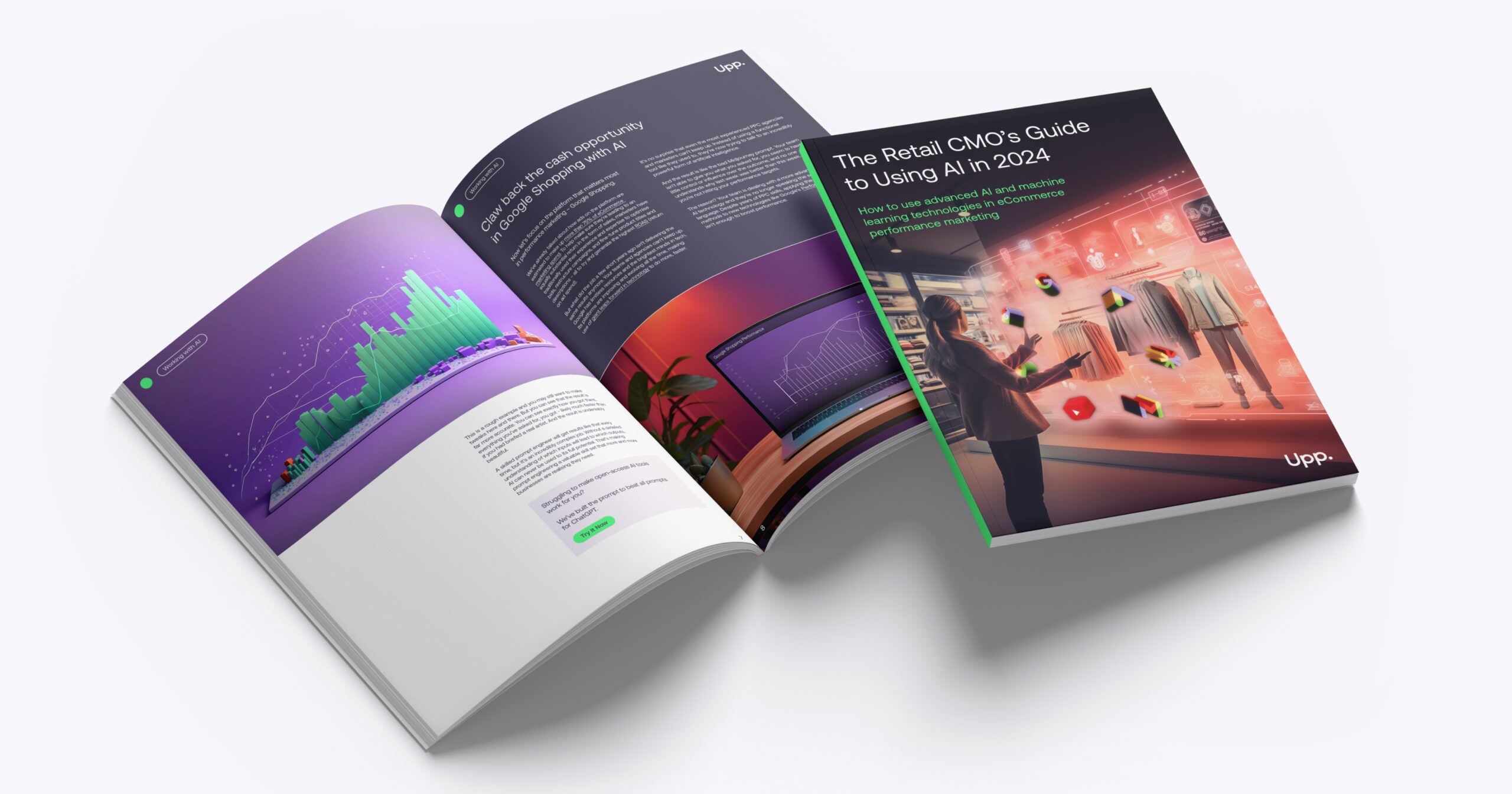What is Adaptive AI?
In this report, we make the distinction between three types of AI: adaptive, generative and traditional. This is not to say these are the only types of AI that exist, or even that everyone would agree with these designations.
“It’s a very, very fast-moving field, and it’s very broad, with many tens of thousands of people working on different parts of it,” says Luke Dickens, lecturer in machine learning at University College London. “Everybody defines their terms differently, and that’s just the nature of the beast, of research in general, and AI and machine learning in particular.”
Adaptive AI is an artificial intelligence tool that uses machine learning to adapt its behaviour after it is deployed. It does this by continuing to analyse new data and make small modifications, within guidelines set by its original coders. The idea is that it continues to improve over time, rather than losing efficiency, as AI trained on a static dataset might – for example, due to the dataset getting stale or unforeseen circumstantial changes, such as a pandemic. The technology does not, however, make wild or unexpected alterations; nor can it be manipulated by rogue data aberrations or other factors.
So, a robot packing boxes might change “the order in which it picks up items in the warehouse; or it might learn to delay picking up certain items in certain situations, even though it hasn’t been pre-programmed to do that,” says Dickens. But the changes will only occur within a predetermined scope. “It cannot use its wheels to drive up the wall. It is always going to travel along its permitted routes.”
A (very) brief history of AI
The concept of artificial intelligence goes back to the 1940s and the birth of computers, when Alan Turing OBE FRS first began imagining how the computers of the future could be programmed to adapt, or even ‘think’, autonomously. It now refers to a whole suite of ever-changing technologies, of which machine learning is one of the biggest.
Machine learning can be traced back to pre-1990s, but it was around that decade that it became really established. By 2010, big breakthroughs in ‘deep learning’ – which employs ‘neural networks’ that mimic the complexity of the human brain – were being made and variants of that technology are now widely used today.
Conventional machine learning systems are trained on large, static sets of data, to spot and exploit patterns. Dickens uses the example of a clinician training a computer to recognise cancers in radiography images. In that case, it would make sense to train the computer using a large set of high-quality, curated data. However, once deployed, it would not be wise to allow the programme to keep learning and changing, since the stakes are too high and mistakes could be fatal.
This is an example of traditional AI, trained using a discrete dataset and unable to change its behaviour once deployed.
However, many AI-driven programmes do continue to absorb new data and adapt their behaviours as they do so. One example would be a warehouse robot arm, picking up and packing lightbulbs. If one robot in the system breaks a globe-shaped bulb, the system might use the information to pick globes up more gently in the future or pack them in a different way. And if that result was successful, all the robots in the system might modify their behaviour to pick up globe-shaped bulbs more gently.
This is what we mean by adaptive AI: the system learns on the job and disseminates its knowledge. However, the potential applications go far beyond moving robots, ranging from customer service and marketing to supply chain management, and beyond.
Finally, let’s consider generative AI, which is also trained on data, but with the aim of producing intuitive content that a human might otherwise create, such as longform text, images, or even poetry. ChatGPT is a good example: it uses a huge dataset to learn how to write sentences and paragraphs, which are often indistinguishable from answers written by humans.
Although generative AI has some incredible applications, we will look at the ways in which it interacts with, and is used by, retail-specific adaptive AI systems.
Adaptive AI in UK retail
“AI is a big topic for retailers at the moment,” says Lisa Byfield-Green, research director for Retail Week. Many of the biggest, most successful retailers are investing in the technology for a wide range of applications. “They might be using it for operational efficiency; particularly, things like supply chain, or understanding their customers better, [or] identifying new opportunities for products and ideas,” she says.
Every individual we interviewed was keen to emphasise that the use of AI in retail, and adaptive AI specifically, is not likely to be a passing fad. Nor is it possible to simply implement it once and then continue with business as usual.
Rather, AI is a practical and rapidly evolving technology used by retailers to improve performance across a wide spectrum of business areas. Its reach and impact is likely to only proliferate and increase.
“Adaptive AI is best suited to environments that are dynamic and constantly evolving over time – an environment that may sound familiar to retail businesses,” says Owen Eddershaw, associate and AI lead at investment and innovation advisory firm True Global.
“Consumer-dependent aspects of retail, such as customer service, fraud detection and marketing performance, are all fertile grounds for the application of adaptive AI systems that can edit their outputs to mirror the dynamic nature of consumer needs and behaviours.
“We’re seeing a lot of interesting solutions emerge in the marketing space, leveraging adaptive AI to continuously learn from existing and historical campaign performance to predict the success of and optimise new creative content,” he says.





